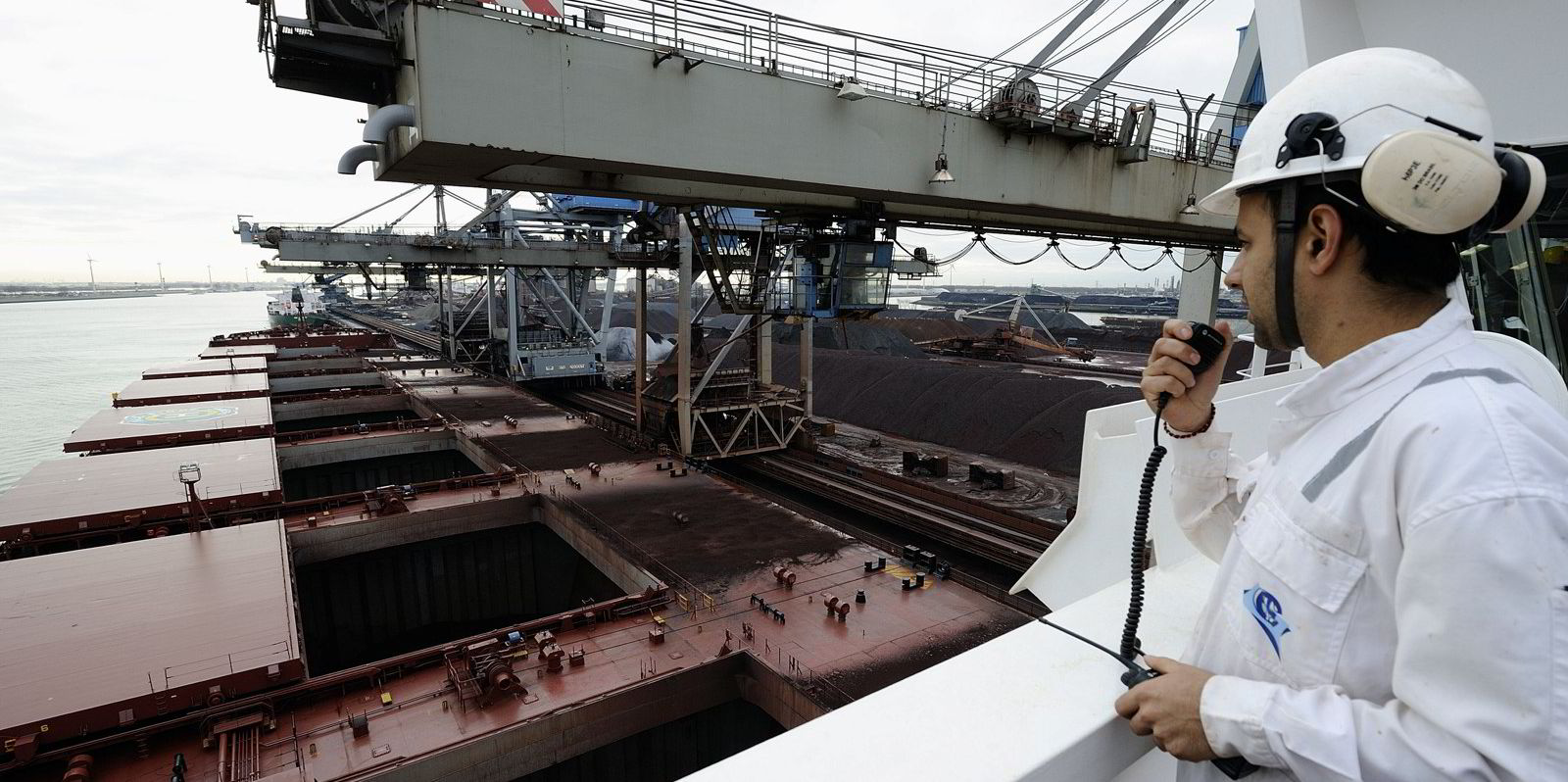A group of major charterers have slammed Bimco’s new Carbon Intensity Indicator (CII) time-charter clause as “imbalanced and unworkable”. The shipping heavyweights have warned that no CII clauses could end up being adopted to the detriment of shipowners. The charterers from the bulker, tanker and container ship sectors are therefore looking to develop “alternative clauses” to redress a perceived contractual imbalance.
Mining giant Vale has launched an effort that could result in the construction of methanol-fuelled very large ore carriers loaded with energy efficiency technologies that include rotor sails. The Brazilian firm told TradeWinds that it launched a request for proposals for contracts of affreightment for a new generation of its Guaibamax vessels.
Japanese shipowners and regional banks have been active in the secondhand sale-and-leaseback refinancing market over the past month. But, a move this week by the Bank of Japan to adjust its yield curve control policy has raised questions over whether current levels of Japanese bank-backed funding for such shipping deals can be sustained.
Crude tankers are sailing at their fastest speeds under ballast since the start of 2020 to exploit higher rates on offer, according to the Signal Group. Average ballast speeds for crude oil tankers are currently 11.9 knots up from 11.3 knots during the same period last year, the company said in its review of the year.
The European Commission has recommended that two Turkish ship breakers should be removed from the latest list of yards approved to recycle European Union-flagged vessels. The list is maintained as part of the EU’s Ship Recycling Regulation which sets minimum safety and environmental standards for the industry. In the EC’s latest review it said that the Aliaga-based Isiksan and Simsekler ship recycling facilities should be removed from the list.
Our Green Seas sustainability newsletter looks at the deliberations on global greenhouse gas emissions for shipping. Many sides agreed that the IMO made progress this month toward what could lead to a decision next year to adopt a target aimed at phasing out shipping’s greenhouse gas emissions by 2050. But the mid-century target is just the tip of an iceberg that is a jigsaw puzzle made of moving parts.
Read more
- Tanker market prospects ‘very strong’ heading into 2023, Clarksons says
- MSC Group wraps up $6bn African logistics deal
- Safeen sets its sights on amassing tanker fleet
- Master feared dead after ship catches fire in the Black Sea
- V.Group predicts growth and consolidation as shipping gets more complicated



